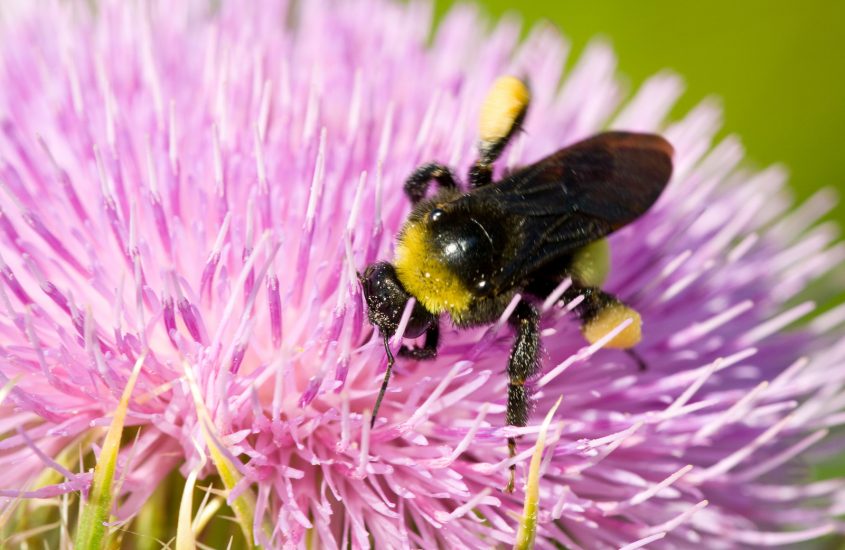Pollen: Why we can’t stand it, and we can’t live without it

While northerners may get a late dusting of snow this time of year, here in the South, our April showers are a yellow blanket of pollen covering everything outdoors – including you and inside your nose, when you step outside. I nearly sneezed just writing this.
In all seriousness, I’ve added a 24-hour allergy pill to my morning regimen, joining 25 million fellow American allergy sufferers, with symptoms of runny nose, sneezing and itchy eyes. The culprit: plant sperm cells.
It’s a 240-million-year-old tradition for grasses, trees and plants to shoot their millions of sperm cells into the air (two sperm grains are protected within a pinch of pollen) for the chance to be swept up by the wind, land on another plant (or more) and fertilize it/them, thanks also to insects or birds that brush against those plants or trees and drop off pollen from a another plant, which results in a seed and germination.
Our area flowers use an abundance of ways to attract those insect and bird pollinators, with structures and features of the bloom that make the reproductive parts of the plant more visible, such as the antlers of a tulip, wide petals that act as landing pads for bees, bright, colorful leaves or deeper flowers for a hummingbird to dip its beak inside.
Which is also why we can’t live without this seasonal annoyance. In fact, pollen is responsible for 1 out of every 3 bites of food we eat. More than 80 percent of flowering plants rely on it. And another stat in the defense of pollen: the pollination of food crops is worth more than $15 billion.
This can only continue if plants produce pollen, the plants are pollinated, and then produce seeds or fruit for future generations. This process is for the good of humanity, so we don’t want it to stop.
The good news: the pollen count should start to drop within the next few weeks. The bad news: pollinators around the world are also in decline due to loss of habitat, the improper use of pesticides, pollution and more. For more information on how you can combat this crisis, visit www.pollinator.org.








